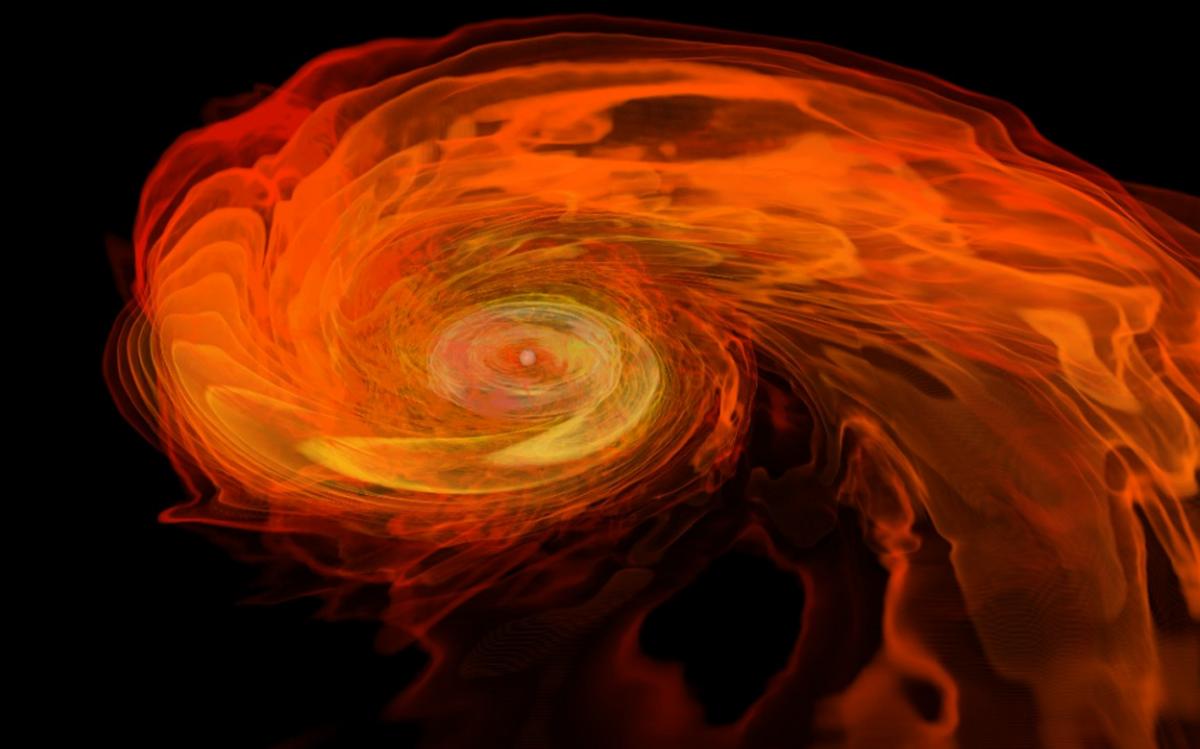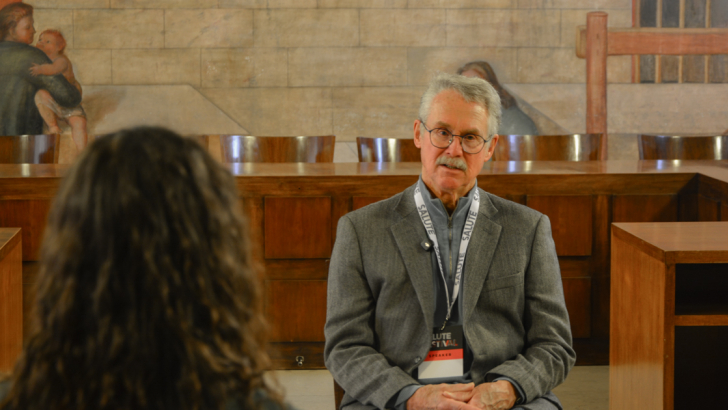LISA, a constellation of satellites to study gravitational waves on space

Two neutron stars merge into a black hole - Copyright: Bruno Giacomazzo & Luciano Rezzolla (Max Planck Institute for Gravitational Physics )
It's called LISA and it's a huge project, from all points of view, that the European Space Agency is developing, in collaboration with researchers from many universities and NASA.
The objective is to study gravitational waves in space, capturing them by a combination of three satellites placed at the distance of 2.5 million kilometers from one another, forming an ideal equilateral triangle.
The launch is scheduled for 2034, but in the meantime several teams of researchers are working to define and prepare the largest even man-made instrument (if we consider the three satellites as a unicum) to be put into orbit.
Starting from the assumption that every event that happens emits gravitational waves, explains Marco Peloso, professor of Physics at the University of Padua and a member of the local research group of the Lisa project, "if we can be so precise in measuring them, we have information that comes directly from the source". The study of gravitational waves, in fact, allows us to understand some aspects of nature, for example the force of gravity, and astrophysical events, such as the collapse of two black holes, and finally cosmological aspects, ie what really happened in the first moments of the universe.
Shooting and editing by Elisa Speronello









